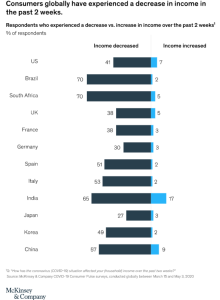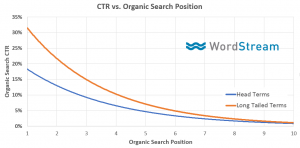 Creating a website that is geared specifically towards children brings its own challenges. Although the general ‘rules’ of design still apply, there are some fundamental differences and considerations that you will need to take into account.
Creating a website that is geared specifically towards children brings its own challenges. Although the general ‘rules’ of design still apply, there are some fundamental differences and considerations that you will need to take into account.
Bright color palettes
The first thing that you will notice when visiting most children’s websites is the sheer vibrancy of the page. Bright colors are particularly appealing to young children and color combinations that you wouldn’t typically use on a standard site are perfectly acceptable. So if you’ve been wanting to include bright reds, pinks, blues, greens and oranges in the one palette, now’s your chance! Keep it eye-catching and exciting.
Large elements and easy navigation
When it comes to children’s sites, it’s important to keep things simple. From large objects to easy navigation, children need to know where to click and how to interact with your site, whether they’re with a parent or on their own. So make it clear where children are to click and how they can get involved with your site straight away.
Promoting a happy mood
Think about how you want your audience to feel, both when they’re on your site and after their visit when it’s time for tea. Chances are, you’re looking to promote a feeling of happiness and enthusiasm. Including smiling faces, rewards and music bring a sense of enjoyment to your site and will encourage your young users to visit again soon.
Creating characters
One way of encouraging your audience to ‘buy in’ to your site is to use one or more animated characters or mascots that can help your users to find their way around and encourage them to stay engaged.
You’ll need to research the type of characters your target audience will like, and ensure that they have characteristics and motivations that align with your message and ethos. Don’t be afraid to get an audience perspective on your characters by conducting surveys and testing the ideas with children. You might be surprised at what they come back with.
Inject real-life elements
Because children have less world experience, including some recognizable, real-life elements within your website can be useful in making them feel at home.
Typical examples are simulations of houses, bedrooms, walls with shelves, windows or natural environments such as woodlands or beaches. This is particularly important if your website caters for the very young.
Entertainment value
Children have a much shorter attention span than adults. Coupled with being brought up in a media-rich environment, they expect the websites they interact with to provide something in the way of entertainment. Whether it’s audio, music, animation or video, your site will need to cater for children in both a visual and an auditory sense. If it can provide laugh-out-loud entertainment too, so much the better.
Site interaction and activities
Engaging as many senses as possible helps children to learn through play. This means that your website needs to find ways to actively get children involved.
If your site is set up to be easy to navigate, visually appealing and intuitive, this will go a long to achieving involvement, but you will also need to think about the inclusion of interactive games, stories and activities. These will require just as much planning and forethought as the rest of your site and might include avatars, levels and rewards to keep your young users active and motivated.
Age-appropriateness
Think very carefully about exactly who your target audience are. A website designed for preschoolers is going to differ hugely to one for primary-age children or teens. Ensure that your activities are fun and engaging for that age group, that the difficulty of your games is matched to typical skill levels and that the reading level of your audience matches the words on screen. Usability testing is especially important to find out if the pitch is correct.
Education and accountability
Even if your children’s website forms part of your corporate brand or is ultimately selling a product, it also needs to provide something in terms of education, care and development for the child. Learning links, information pages for parents and curriculum resources can help not only to bring out the educational aspects of your site but also help promote parental trust and show that your company cares.
It should go without saying that there is certain content that should never be used on a children’s site and that you will have to be extra careful when it comes to membership areas and the handling of personal information. Being accountable to parents at all times is essential, as is making your policies transparent and easy to access. When planning and designing your website, always make sure you are compliant with the Children’s Online Privacy Protection Act (COPPA).
Designing websites for children can be a source of real enjoyment and provide either a great addition to an existing adult site or a valuable learning hub of their own. The freedom to play with colours, shapes, sizes and interactivity in such a free and imaginative way is rare and should be as much of a delight to design as to visit. So go ahead – play with some of the above ideas and see where they lead you.
Above all, have fun!
Digital & Social Articles on Business 2 Community(262)
Report Post






